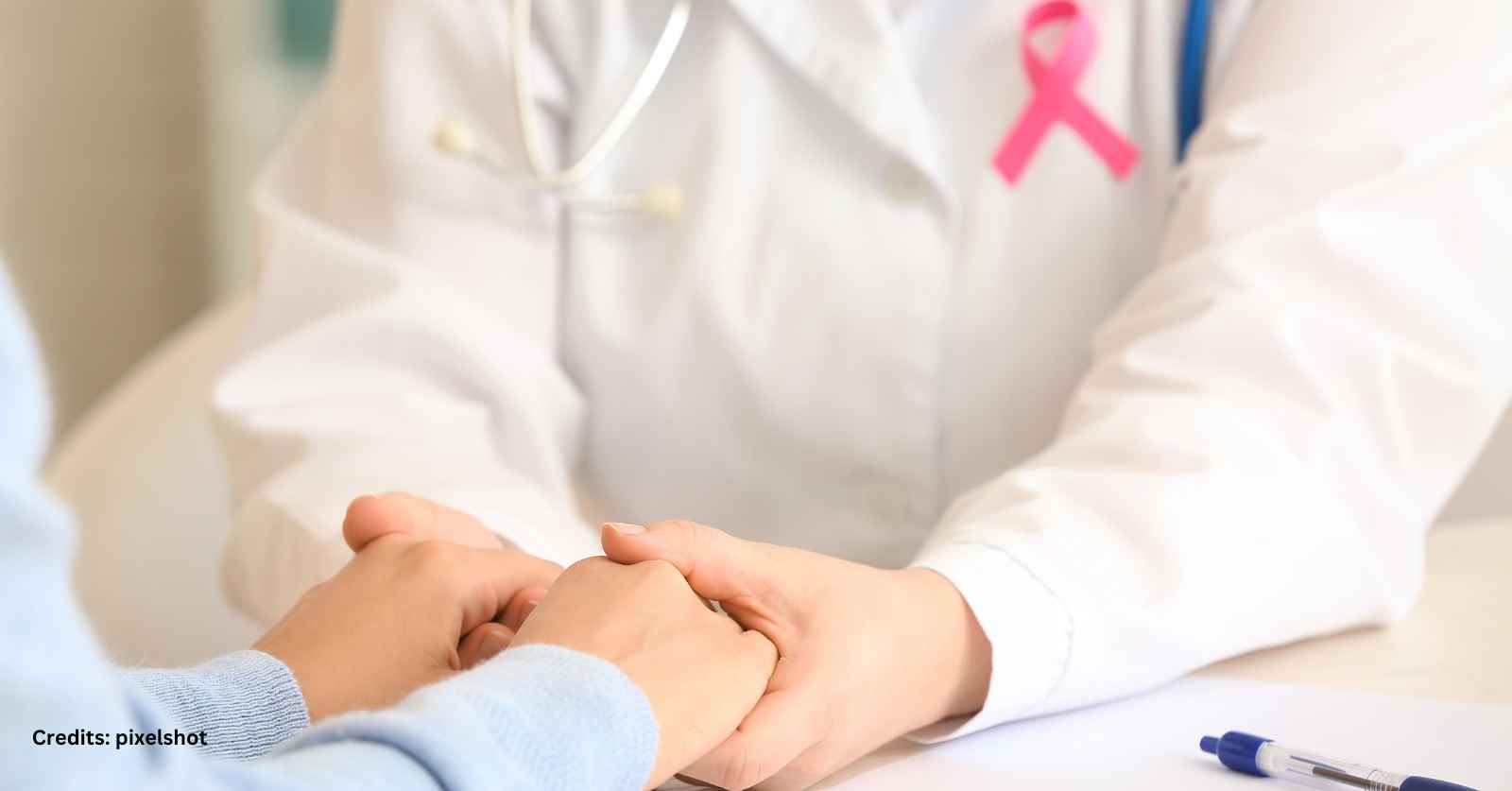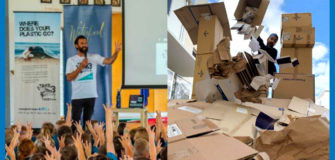Bullying in the aged care sector isn’t a new problem in Australia, but it’s a growing one. Just ask anyone who works in the industry. Disturbing stories of intimidated, overworked staff, cruelty to patients, worried families, poor management and substandard living conditions are becoming more frequent. As a society we need to ask: what should we be doing to make things better?
Aged care is big business in this country, generating more than $22 billion of annual revenue, the vast bulk of which is funded by the government. It serves around a million and a half Australian consumers who spend more than $5 billion per year on its various services (residential care, home support, home care, etc.)
That $5 billion doesn’t include the RAD (refundable accommodation deposit) charged to aged care residents and held in trust by providers, which currently averages around $340,000.
As of July 2019, all government-subsidized aged care services in Australia must now comply with Aged Care Quality Standards, with evidence of compliance ensured through assessments. These Quality Standards focus on consumer outcomes and reflect performance expectations for the level of care provided.
Aged care workers in the 21st century cope with a range of highly stressful situations, from patient death, overwork, understaffing and tight schedules to demanding families, difficult patients, mountains of paperwork, complex equipment and life-threatening injuries and illnesses. They must navigate an often-confusing hierarchy of skills and authority to maintain a high level of care. With older Australians making up a growing percentage of our total population, these challenges will only broaden over time.
In an increasingly market-driven industry, profit and share prices matter – but they should never take precedence over people. Elder abuse is only part of the problem. Bullying in the aged care sector is present at every level and can come from myriad directions.
Carers can bully residents/patients, or be bullied by them. Bullying between managers, staff and family members can originate from any side. Nurses, carers and other staff who genuinely want to do the right thing may be hamstrung by intimidating ‘my-way-or-the-highway’ leadership styles. And sadly, it’s often these hard-working, front-line employees who bear the brunt of vilification: they’re the handy scapegoats in the current aged care crisis.
Stressed-inducing work environments
When a workplace culture is toxic, stress and staff turnover rises, job satisfaction and productivity shrinks and the level of care suffers. It becomes harder to retain quality staff, which means replacements need extra training to be ‘brought up to speed’.
A recent National Aged Care Survey asked more than 2700 participants who work in the industry to highlight their main areas of concern, with the following results:
- A staggering 90% felt that staffing levels weren’t adequate to provide basic care to residents
- 61% were concerned at the lack of experience or qualifications of aged care staff
- 51% believed the current level of government funding was inadequate
- 38% said there should be greater transparency and accountability for government funding
- 31% considered the quality and/or quantity of food provided to aged care residents to be inadequate
The same survey found that the intensity of bullying, harassment and intimidation in the aged care sector had reached new and frightening levels and that governments and aged care providers simply weren’t being held accountable for failures in the aged care system. Some of the participants’ comments make for sober reading:
- “Bullying, intimidation and scapegoating from management, which reduces everyone’s confidence…”
- “Violence and aggression toward staff, especially toward carers by residents with dementia and mental illness…”
- “Three carers and just one RN for more than 140 residents overnight…”
- “Staff are being intimidated by management/ACFI coordinator… I’m often asked to lie when I do clinical paperwork so we get more funding…”
Why does bullying happen?
The stresses present in a normal workplace are magnified in the aged care sector for several reasons. Workloads can be overwhelming and often there aren’t enough staff on hand with the right mix of skills to care for the type and volume of residents.
A large number of surveyed workers also expressed concern that some managers, executives and employers lack the requisite skills to efficiently run an aged care facility and tend to blame front-line staff for their own shortcomings. This blame can then escalate to bullying.
According to SafeWork Australia, bullying typically occurs due to one or more of the following four reasons:
- Productivity – bullying and harassment are used to try and extract more productivity from employees
- Work Environment – deficiencies in job design, organizational structure and task management (the combination of low resource levels and high work demands, for example) perpetuate bullying and harassment
- Personal Power – bullying and harassment are used to maintain the current distribution of personal power and control within an organization
- Psychosocial Safety – there is insufficient managerial regard for psychological health and safety within the workplace, which leads to decreased morale, poor work and an acceleration of bullying and harassment
The health care industry – and nursing in particular – has always experienced disturbing rates of bullying. Roughly half of all Australian nursing students experience bullying/harassment during their placements, and more than three-quarters of remote-area nurses have seen colleagues leave their positions because of bullying/harassment. Other data shows that 40% of hospital-based nurses have experienced regular bullying within the previous year.
These are damning statistics that point to a range of unacceptable (and preventable) behind-the-scenes behaviours that management is failing to address – either because of unhealthy power dynamics, leadership failure or insufficient training in anti-bullying, employee well-being and organizational culture.
Another area of concern is the unprofessional, intimidating response that some family members have received from aged care staff when they complain about the treatment of their elderly loved ones. Some relatives are being told not to take photos of their family members inside the facility and others have reported being shouted down, belittled or even physically manhandled toward the exit when they raise issues about the standard of care. This highlights how bullying in this industry isn’t just an internal issue – it affects the general public too.
So what can be done to stem the tide of bullying in aged care?
Solutions start from the top. Managers must be much more proactive in dealing with unacceptable workplace behaviours and lead by example. Those in charge should set the standard for patient care, customer service and employee health.
There are several steps management can take to improve the situation:
- Organise training in stress management, psychological safety and anti-bullying – this training should be viewed as absolutely essential, not just a ‘nice-to-have’
- Address the most common workplace stressors immediately, including (a) unreasonable workloads, (b) unsafe or inadequate equipment, (c) inadequate staff levels, (d) insufficient access to crucial resources, (e) inadequate work spaces and (f) subpar levels of training
- Regularly ‘take the pulse’ of workplace climate, paying special attention to complaints of bullying, harassment and intimidation regarding work colleagues and supervisors (Bullyology Cultural Diagnostic Tool)
- Provide a work atmosphere that supports open communication and encourages employees to make legitimate bullying complaints without fear of reprisal
- Develop employee well-being programs or an EAP (employee assistance program) and provide training in organizational culture and change
- Provide a scheduled rotation of unit assignments that’s fair, equitable and flexible
- Provide in-house and external professional training sufficient to ensure high skill and confidence levels amongst all staff
- Monitor managers and supervisors closely for signs of intimidation and other negative character traits: many victims of workplace bullying are targeted by their immediate supervisor
- Treat all bullying complaints seriously: don’t placate, dismiss or ‘blame the victim’ when unacceptable behaviours are reported
- Provide group therapy for aged care staff regularly confronted with emotionally charged situations, e.g. death, chronic illness, cancer patients, etc.
- Provide an efficient, supportive and respectful work environment, where employees feel comfortable coming to management with any concerns
- View your leadership in aged care as an opportunity to be a positive change-maker; being efficient starts with truly listening
- Make your organisation’s anti-bullying policy more than just a compliance document; examine it, clarify it, tweak it if necessary and have the courage to enforce it when bullying takes place
Employees in aged care who find themselves being bullied should take the following steps:
- Calmly inform the bully that their behaviour is unacceptable and inappropriate (and explain why) and that you want it to stop immediately
- Record all bullying incidents in writing, with dates, times, witnesses and other relevant details; use facts, not emotion
- Where possible, avoid being alone with a serial bully; they often use privacy as a shield for overbearing behaviour
- When lodging a complaint, check which specific company policy rules may have been violated and pinpoint these individually; also, focus on the detrimental effect that the perpetrator’s behaviour is having on productivity and efficiency
- If you don’t feel you can approach someone in your workplace to make a complaint, contact the Fair Work Commission (www.fwc.gov.au) immediately for information and assistance; the Commission has the power to order that bullying must stop and it’s designed to complement state workplace health and safety laws; all employers are obligated by law to provide a safe work environment
It’s also essential that the aged care industry develop working environments in which upstanders (helpful bystanders) can feel empowered. Those who witness bullying should be encouraged to speak up and take a firm stand against it – not be shamed into silence. Upstanders play a critical and often underestimated role in effective bullying prevention.
Jessica has been creating thriving workplace cultures in Australia since 2013. She has provided training and professional talks in the USA, Canada, Australia, New Zealand, and the UK. Jessica is helping people thrive by sharing her learnings. An award-winning Speaker, Educator and Author. She founded Bullyology in 2017 and the Upstand Academy in 2020. Jessica is also the author of the book The Bullyologist: Breaking the Silence on Bullying.




























